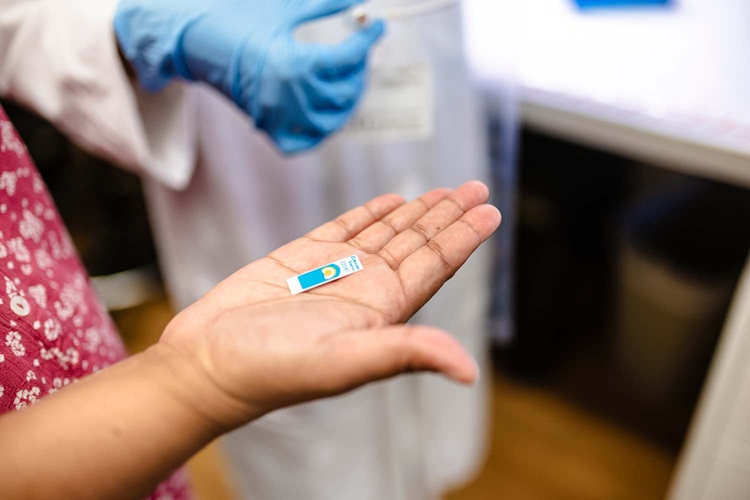Proposed Treatment Aims to Re-Sensitize Cancer Cells
|
By LabMedica International staff writers Posted on 08 Nov 2018 |
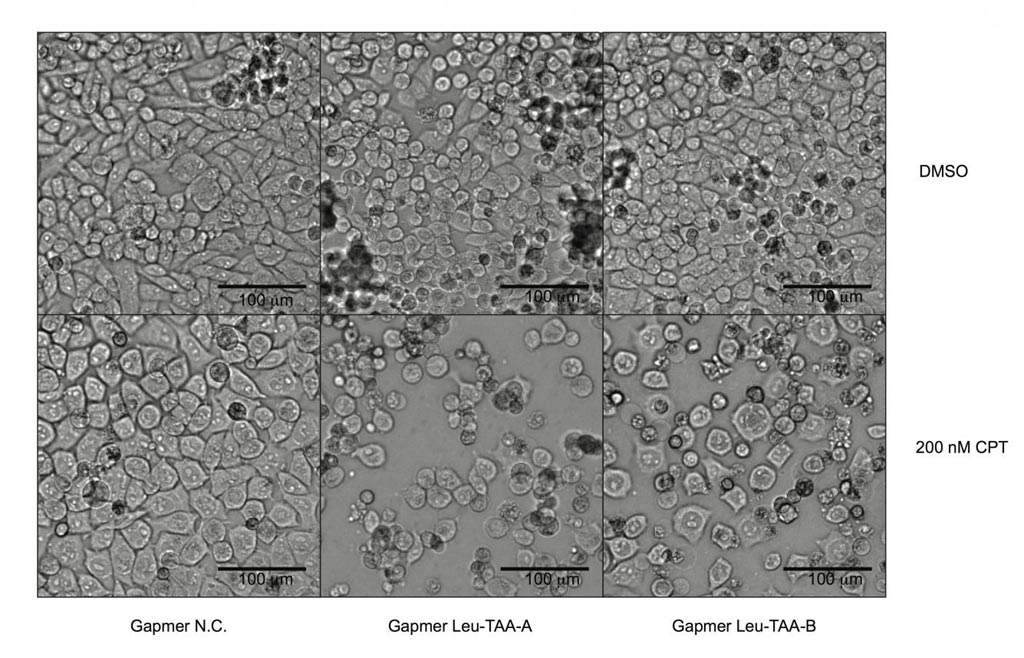
Image: Pancreatic cancer cells deficient in the expression of the human gene known as Schlafen 11 and resistant to chemotherapy (left panels) were re-sensitized to chemotherapeutic treatment (middle and right panels) by inhibiting the expression of the transfer RNA known as tRNA-Leu-TAA through specially designed antisense oligonucleotides (Photo courtesy of Manqing Li, Michael David Laboratory, University of California, San Diego).
Cancer cells that lack the Schlafen 11 gene frequently develop resistance to commonly used DNA-damaging (DDA) chemotherapeutic drugs, but recent research suggests that this resistance may be reversible.
The Schlafen 11 (SLFN11) gene encodes a protein inhibitor of DNA replication that promotes cell death in response to DNA damage. It is the dominant determinant of sensitivity to DNA-damaging anticancer drugs and acts by mediating cell death in response to DNA damage. Earlier studies on SLFN11 in mice showed that the protein interfered with the replication of HIV in infected human cells by blocking the synthesis of viral proteins without suppressing the host cell's overall ability to synthesize proteins.
Investigators at the University of California, San Diego (USA) examined the link between SLFN11 expression and cancer cell DDA resistance.
They reported in the October 29, 2018, online edition of the journal Nature Structural and Molecular Biology that upon DDA treatment SLFN11 preferentially inhibited translation of the serine/threonine kinases ATR (ataxia telangiectasia and Rad3-related protein) and ATM (ATM serine/threonine kinase). ATM and ATR are known for their central roles in DNA damage repair. Therefore, cells lacking SLFN11 activity would retain ATR and ATM activity, be able to repair DNA damage, and be resistant to DDA treatment.
The investigators found that activated Schlafen 11 protein cleaved a specific subset of transfer RNAs (tRNA-Leu-TAA), which feature an extra stem loop in their structures. Among the tRNAs affected are all those for the amino acids leucine and serine. When tRNA-Leu-TAA is destroyed by cleavage, ATM and ATR become the most susceptible targets of protein synthesis inhibition by Schlafen 11.
Deliberate reduction of tRNA-Leu-TAA levels was shown to be sufficient to abolish ATR protein expression and restore the DDA sensitivity of SLFN11-deficient cells. This finding supported the notion that SLFN11-deficient tumor cells could be re-sensitized to DDAs by targeting ATR or tRNA-Leu-TAA.
"We found that if you expose cells that have Schlafen 11 to DNA damaging agents, the Schlafen 11 protein gets activated and suppresses the synthesis of ATM and ATR—that is essentially what kills the tumor cells," said senior author Dr. Michael David, professor of molecular biology at the University of California, San Diego. "In cells that do not express Schlafen 11, you do not get this downregulation of ATM/ATR and that essentially allows the tumor cells to survive. These results carry potential applications in immunology and virology since the fundamental mechanisms behind Schlafen 11 are also at play in anti-HIV processes and likely with other viruses."
Related Links:
University of California, San Diego
The Schlafen 11 (SLFN11) gene encodes a protein inhibitor of DNA replication that promotes cell death in response to DNA damage. It is the dominant determinant of sensitivity to DNA-damaging anticancer drugs and acts by mediating cell death in response to DNA damage. Earlier studies on SLFN11 in mice showed that the protein interfered with the replication of HIV in infected human cells by blocking the synthesis of viral proteins without suppressing the host cell's overall ability to synthesize proteins.
Investigators at the University of California, San Diego (USA) examined the link between SLFN11 expression and cancer cell DDA resistance.
They reported in the October 29, 2018, online edition of the journal Nature Structural and Molecular Biology that upon DDA treatment SLFN11 preferentially inhibited translation of the serine/threonine kinases ATR (ataxia telangiectasia and Rad3-related protein) and ATM (ATM serine/threonine kinase). ATM and ATR are known for their central roles in DNA damage repair. Therefore, cells lacking SLFN11 activity would retain ATR and ATM activity, be able to repair DNA damage, and be resistant to DDA treatment.
The investigators found that activated Schlafen 11 protein cleaved a specific subset of transfer RNAs (tRNA-Leu-TAA), which feature an extra stem loop in their structures. Among the tRNAs affected are all those for the amino acids leucine and serine. When tRNA-Leu-TAA is destroyed by cleavage, ATM and ATR become the most susceptible targets of protein synthesis inhibition by Schlafen 11.
Deliberate reduction of tRNA-Leu-TAA levels was shown to be sufficient to abolish ATR protein expression and restore the DDA sensitivity of SLFN11-deficient cells. This finding supported the notion that SLFN11-deficient tumor cells could be re-sensitized to DDAs by targeting ATR or tRNA-Leu-TAA.
"We found that if you expose cells that have Schlafen 11 to DNA damaging agents, the Schlafen 11 protein gets activated and suppresses the synthesis of ATM and ATR—that is essentially what kills the tumor cells," said senior author Dr. Michael David, professor of molecular biology at the University of California, San Diego. "In cells that do not express Schlafen 11, you do not get this downregulation of ATM/ATR and that essentially allows the tumor cells to survive. These results carry potential applications in immunology and virology since the fundamental mechanisms behind Schlafen 11 are also at play in anti-HIV processes and likely with other viruses."
Related Links:
University of California, San Diego
Latest BioResearch News
- Genome Analysis Predicts Likelihood of Neurodisability in Oxygen-Deprived Newborns
- Gene Panel Predicts Disease Progession for Patients with B-cell Lymphoma
- New Method Simplifies Preparation of Tumor Genomic DNA Libraries
- New Tool Developed for Diagnosis of Chronic HBV Infection
- Panel of Genetic Loci Accurately Predicts Risk of Developing Gout
- Disrupted TGFB Signaling Linked to Increased Cancer-Related Bacteria
- Gene Fusion Protein Proposed as Prostate Cancer Biomarker
- NIV Test to Diagnose and Monitor Vascular Complications in Diabetes
- Semen Exosome MicroRNA Proves Biomarker for Prostate Cancer
- Genetic Loci Link Plasma Lipid Levels to CVD Risk
- Newly Identified Gene Network Aids in Early Diagnosis of Autism Spectrum Disorder
- Link Confirmed between Living in Poverty and Developing Diseases
- Genomic Study Identifies Kidney Disease Loci in Type I Diabetes Patients
- Liquid Biopsy More Effective for Analyzing Tumor Drug Resistance Mutations
- New Liquid Biopsy Assay Reveals Host-Pathogen Interactions
- Method Developed for Enriching Trophoblast Population in Samples
Channels
Clinical Chemistry
view channel
Chemical Imaging Probe Could Track and Treat Prostate Cancer
Prostate cancer remains a leading cause of illness and death among men, with many patients eventually developing resistance to standard hormone-blocking therapies. These drugs often lose effectiveness... Read more
Mismatch Between Two Common Kidney Function Tests Indicates Serious Health Problems
Creatinine has long been the standard for measuring kidney filtration, while cystatin C — a protein produced by all human cells — has been recommended as a complementary marker because it is influenced... Read moreMolecular Diagnostics
view channel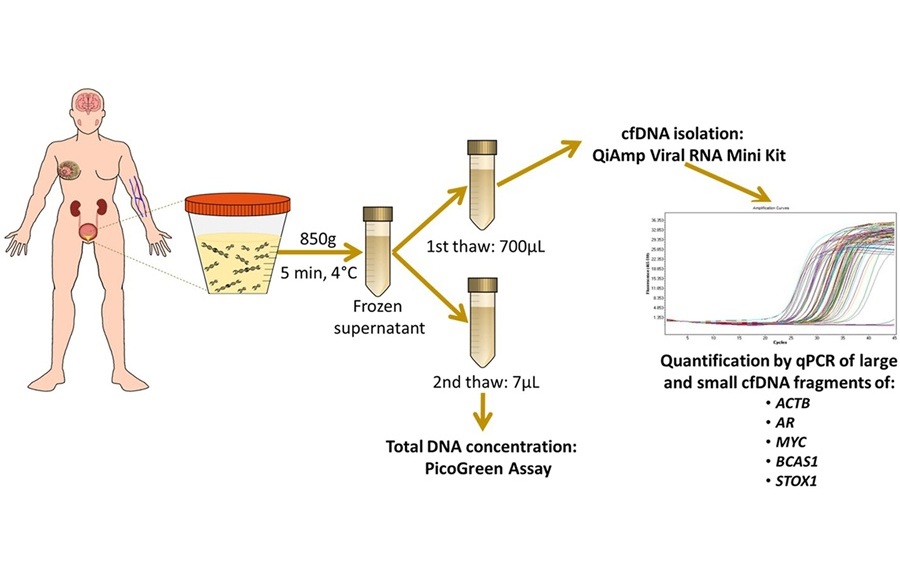
Simple Urine Test to Revolutionize Bladder Cancer Diagnosis and Treatment
Bladder cancer is one of the most common and deadly urological cancers and is marked by a high rate of recurrence. Diagnosis and follow-up still rely heavily on invasive cystoscopy or urine cytology, which... Read more
Blood Test to Enable Earlier and Simpler Detection of Liver Fibrosis
Persistent liver damage caused by alcohol misuse or viral infections can trigger liver fibrosis, a condition in which healthy tissue is gradually replaced by collagen fibers. Even after successful treatment... Read moreHematology
view channel
Platelet Activity Blood Test in Middle Age Could Identify Early Alzheimer’s Risk
Early detection of Alzheimer’s disease remains one of the biggest unmet needs in neurology, particularly because the biological changes underlying the disorder begin decades before memory symptoms appear.... Read more
Microvesicles Measurement Could Detect Vascular Injury in Sickle Cell Disease Patients
Assessing disease severity in sickle cell disease (SCD) remains challenging, especially when trying to predict hemolysis, vascular injury, and risk of complications such as vaso-occlusive crises.... Read more
ADLM’s New Coagulation Testing Guidance to Improve Care for Patients on Blood Thinners
Direct oral anticoagulants (DOACs) are one of the most common types of blood thinners. Patients take them to prevent a host of complications that could arise from blood clotting, including stroke, deep... Read moreImmunology
view channel
New Test Distinguishes Vaccine-Induced False Positives from Active HIV Infection
Since HIV was identified in 1983, more than 91 million people have contracted the virus, and over 44 million have died from related causes. Today, nearly 40 million individuals worldwide live with HIV-1,... Read more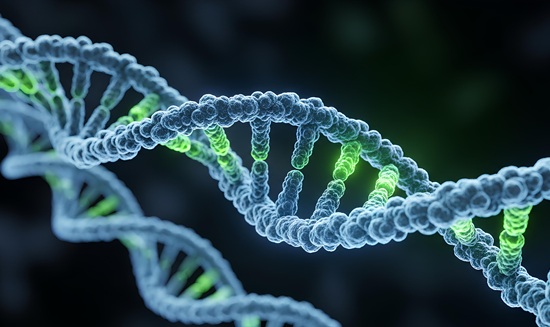
Gene Signature Test Predicts Response to Key Breast Cancer Treatment
DK4/6 inhibitors paired with hormone therapy have become a cornerstone treatment for advanced HR+/HER2– breast cancer, slowing tumor growth by blocking key proteins that drive cell division.... Read more
Chip Captures Cancer Cells from Blood to Help Select Right Breast Cancer Treatment
Ductal carcinoma in situ (DCIS) accounts for about a quarter of all breast cancer cases and generally carries a good prognosis. This non-invasive form of the disease may or may not become life-threatening.... Read moreMicrobiology
view channel
Rapid Diagnostic Test Matches Gold Standard for Sepsis Detection
Sepsis kills 11 million people worldwide every year and generates massive healthcare costs. In the USA and Europe alone, sepsis accounts for USD 100 billion in annual hospitalization expenses.... Read moreRapid POC Tuberculosis Test Provides Results Within 15 Minutes
Tuberculosis remains one of the world’s deadliest infectious diseases, and reducing new cases depends on identifying individuals with latent infection before it progresses. Current diagnostic tools often... Read more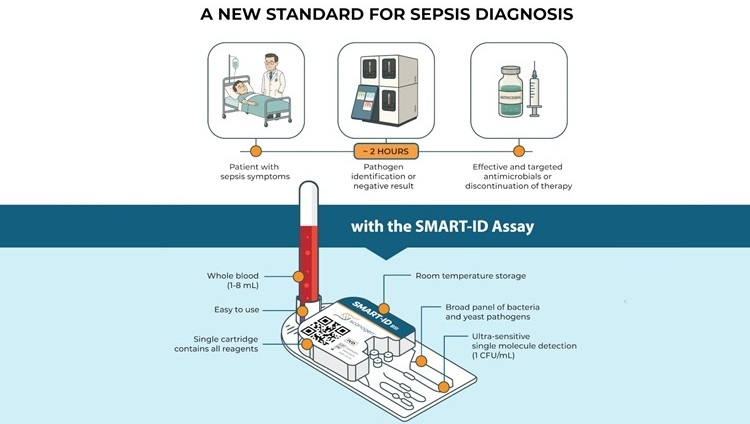
Rapid Assay Identifies Bloodstream Infection Pathogens Directly from Patient Samples
Bloodstream infections in sepsis progress quickly and demand rapid, precise diagnosis. Current blood-culture methods often take one to five days to identify the pathogen, leaving clinicians to treat blindly... Read morePathology
view channel
Tunable Cell-Sorting Device Holds Potential for Multiple Biomedical Applications
Isolating rare cancer cells from blood is essential for diagnosing metastasis and guiding treatment decisions, but remains technically challenging. Many existing techniques struggle to balance accuracy,... Read moreAI Tool Outperforms Doctors in Spotting Blood Cell Abnormalities
Diagnosing blood disorders depends on recognizing subtle abnormalities in cell size, shape, and structure, yet this process is slow, subjective, and requires years of expert training. Even specialists... Read moreTechnology
view channel
Artificial Intelligence Model Could Accelerate Rare Disease Diagnosis
Identifying which genetic variants actually cause disease remains one of the biggest challenges in genomic medicine. Each person carries tens of thousands of DNA changes, yet only a few meaningfully alter... Read more
AI Saliva Sensor Enables Early Detection of Head and Neck Cancer
Early detection of head and neck cancer remains difficult because the disease produces few or no symptoms in its earliest stages, and lesions often lie deep within the head or neck, where biopsy or endoscopy... Read moreIndustry
view channel
Abbott Acquires Cancer-Screening Company Exact Sciences
Abbott (Abbott Park, IL, USA) has entered into a definitive agreement to acquire Exact Sciences (Madison, WI, USA), enabling it to enter and lead in fast-growing cancer diagnostics segments.... Read more




















